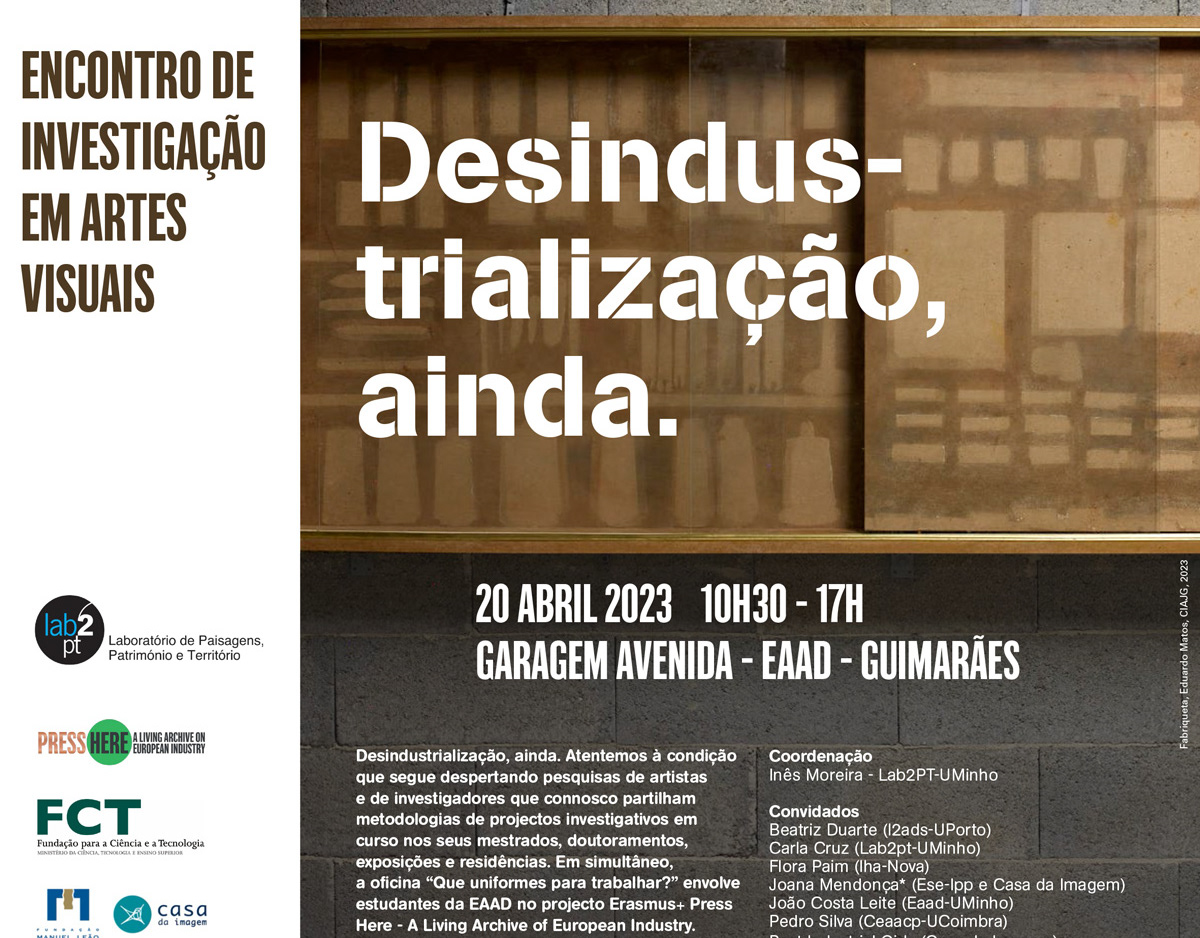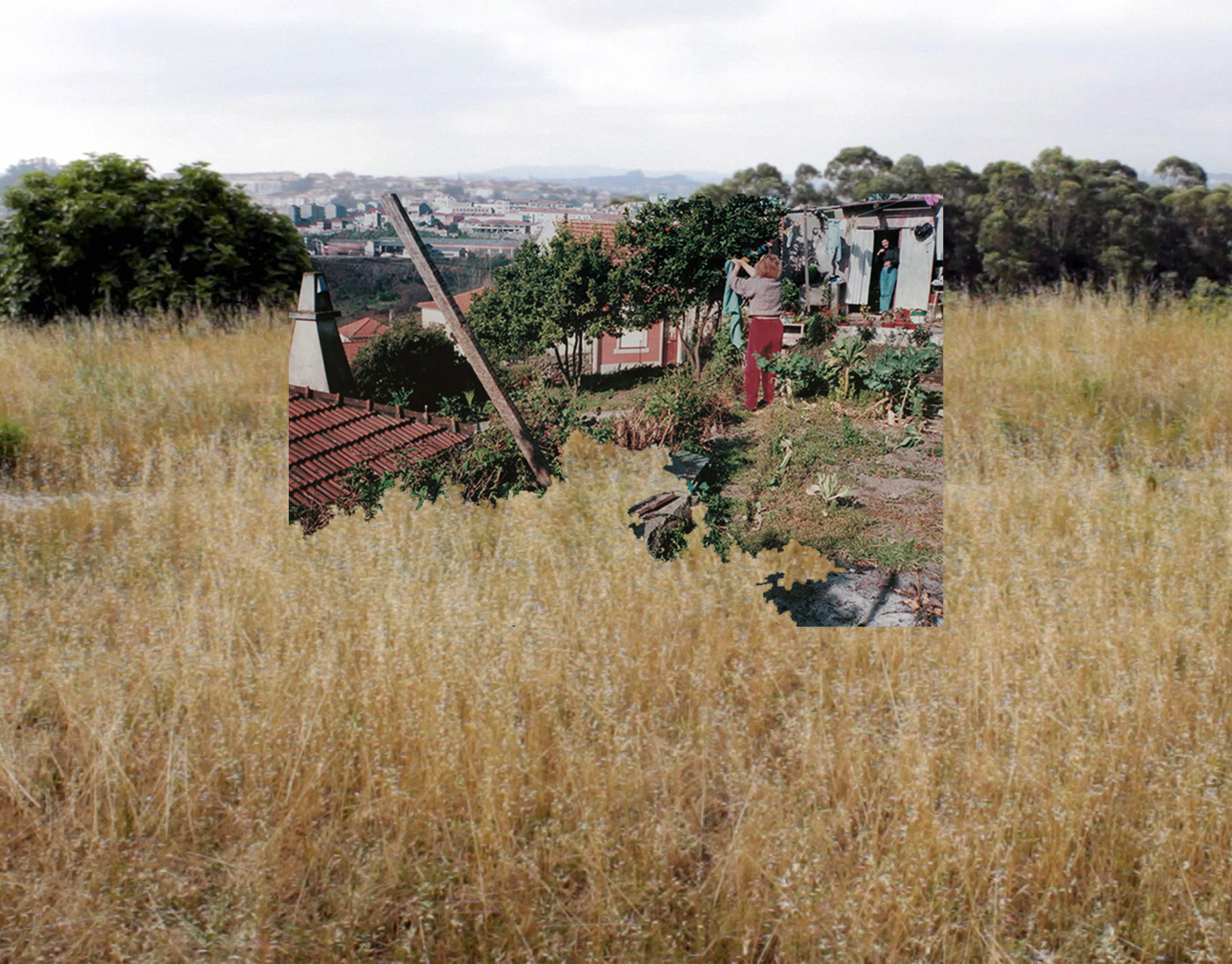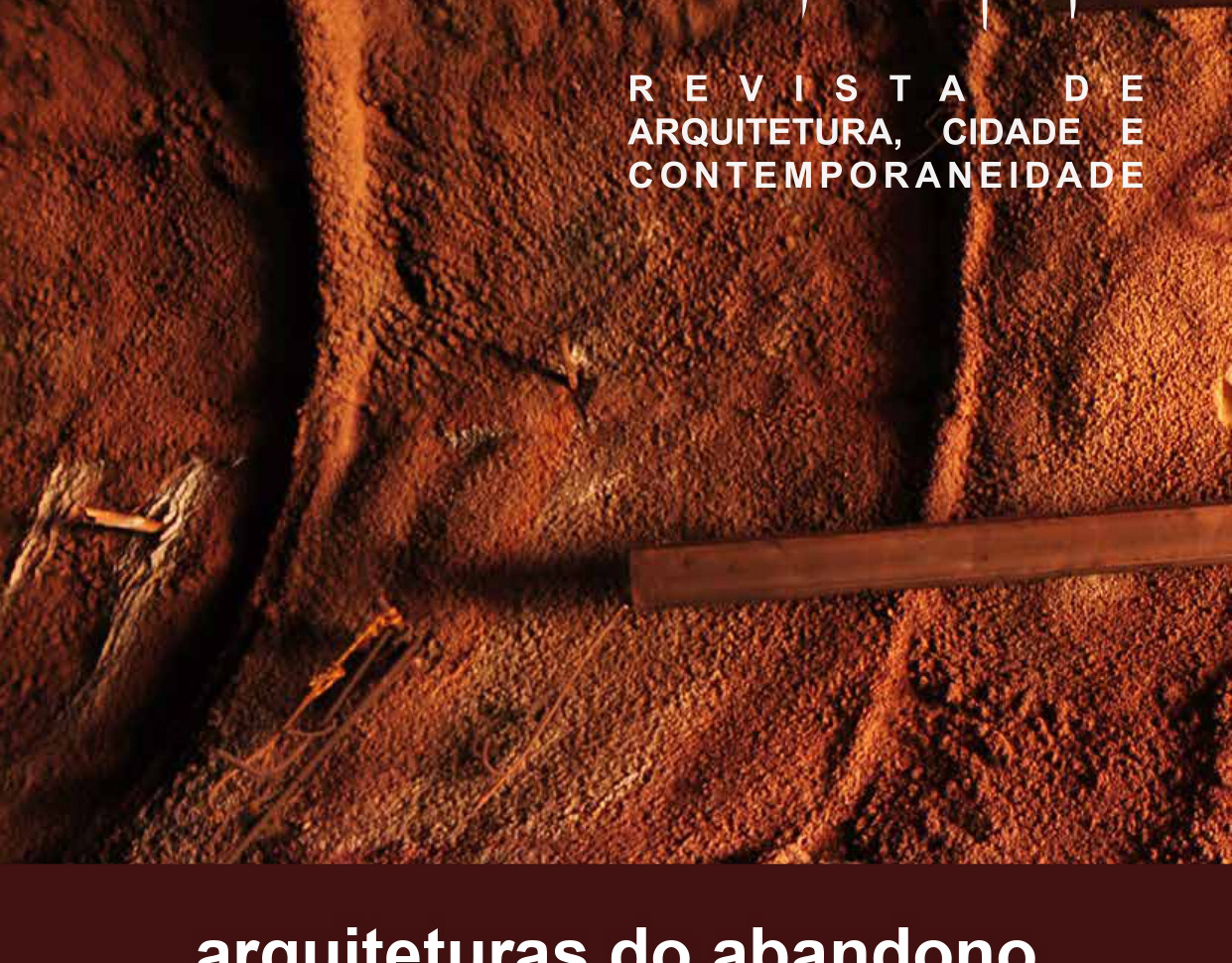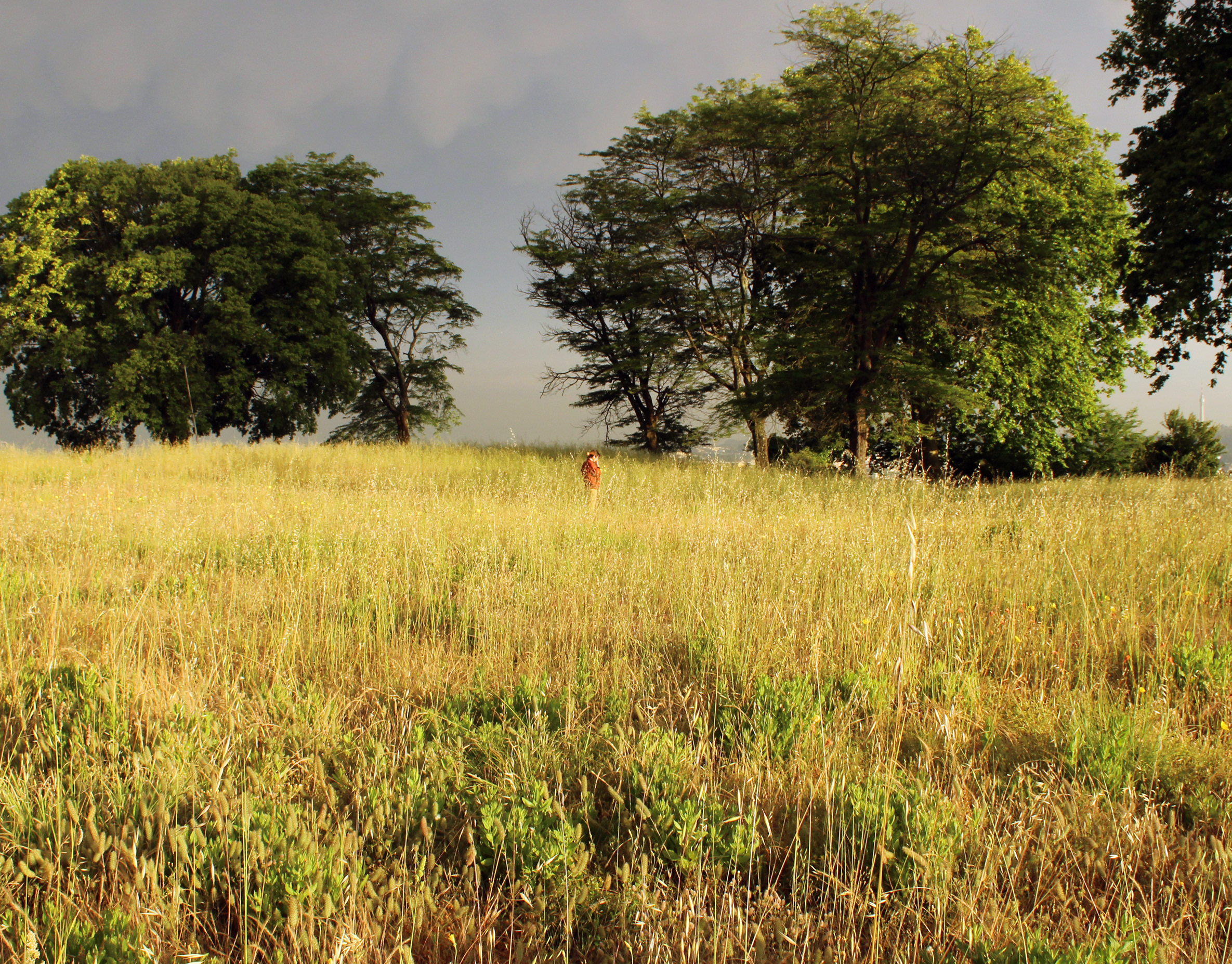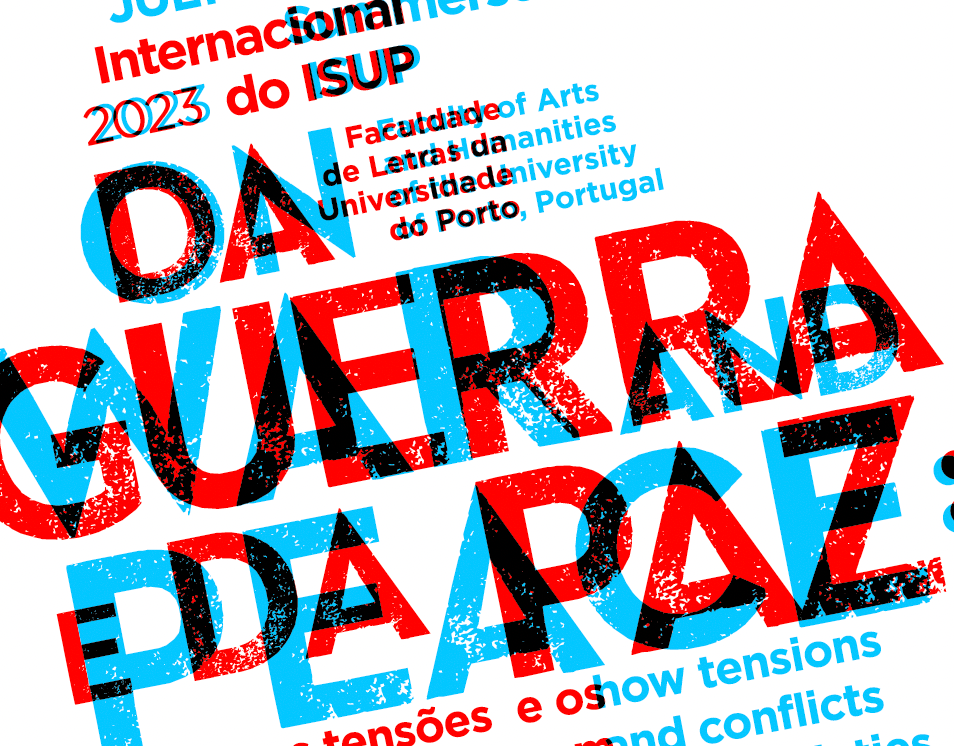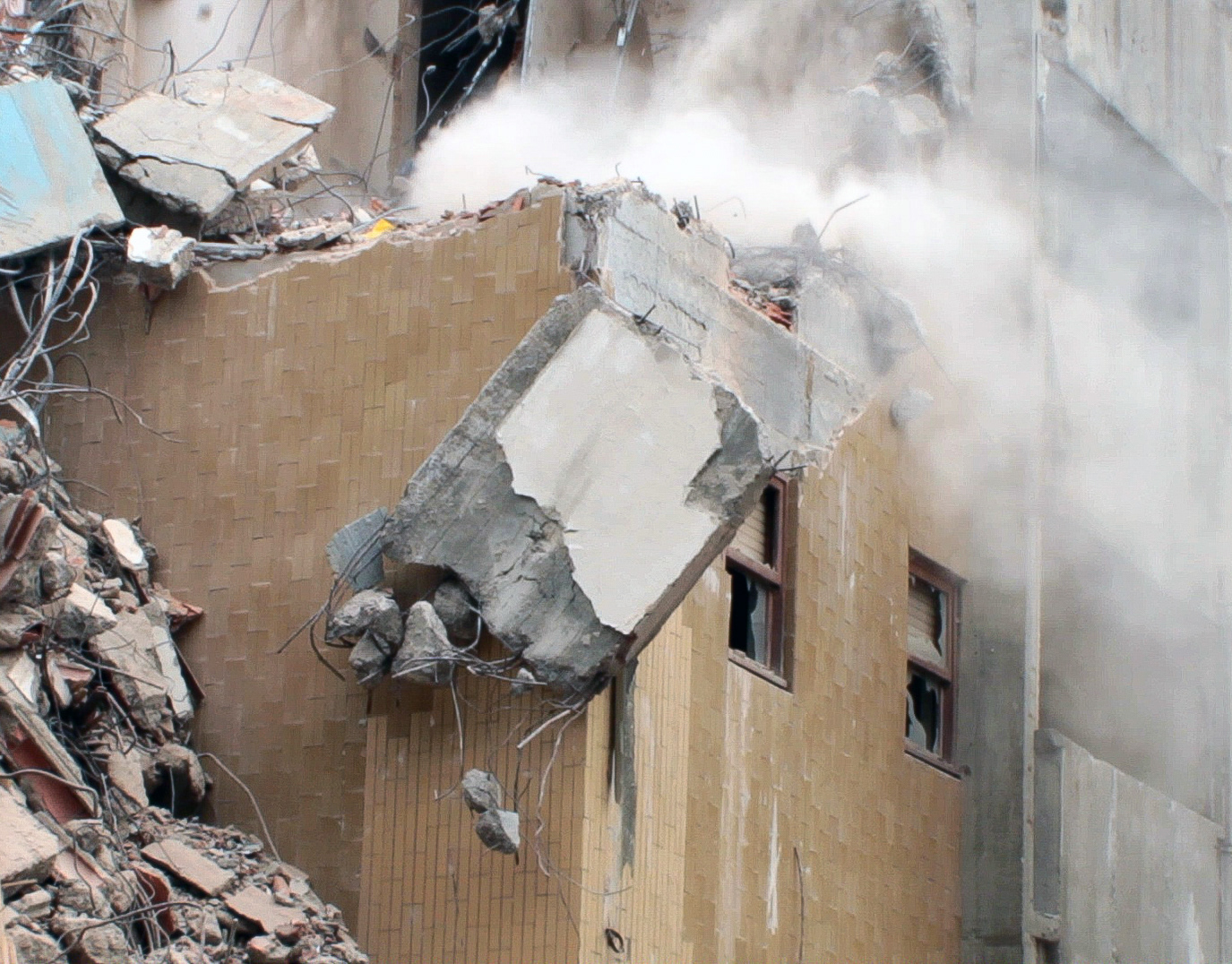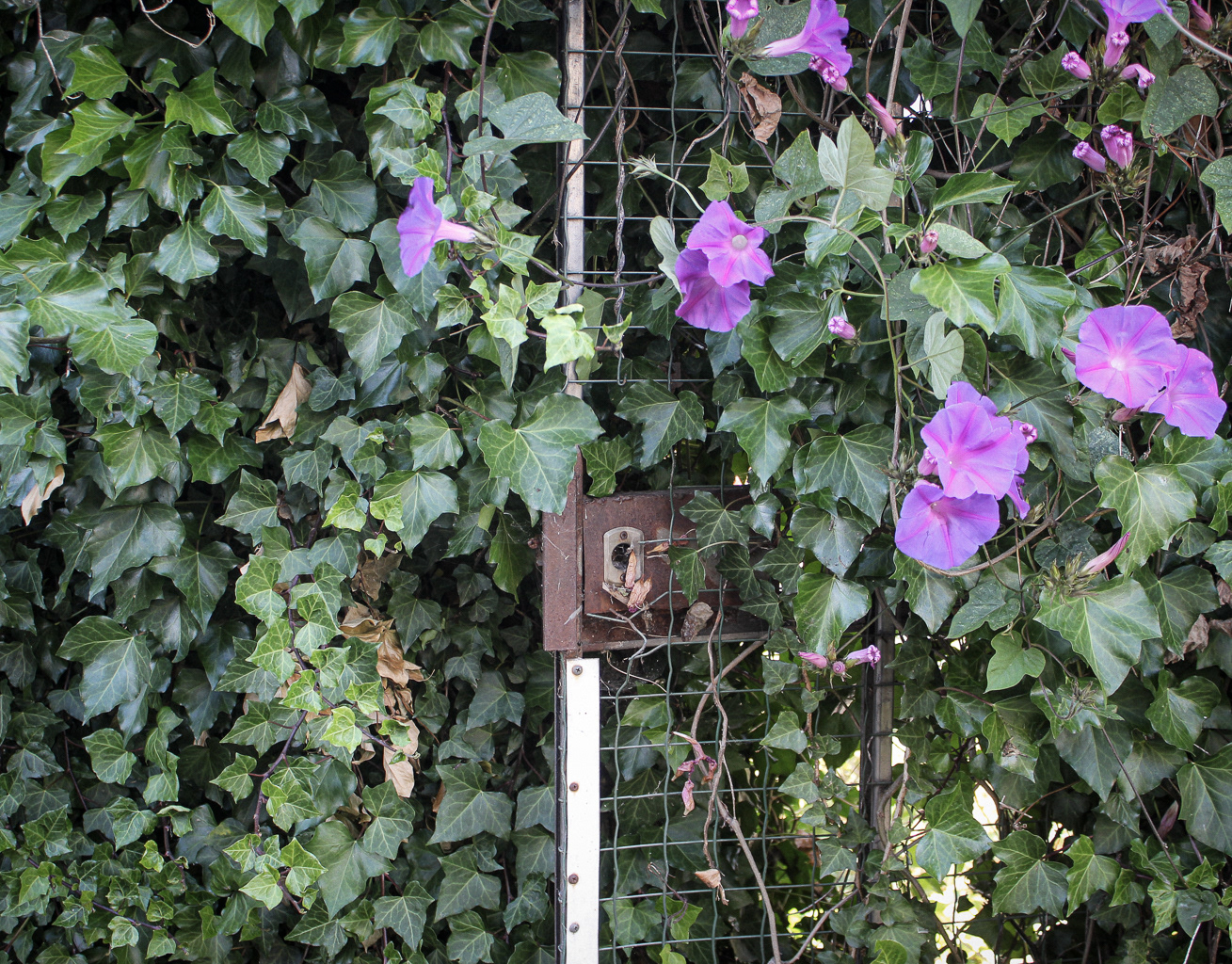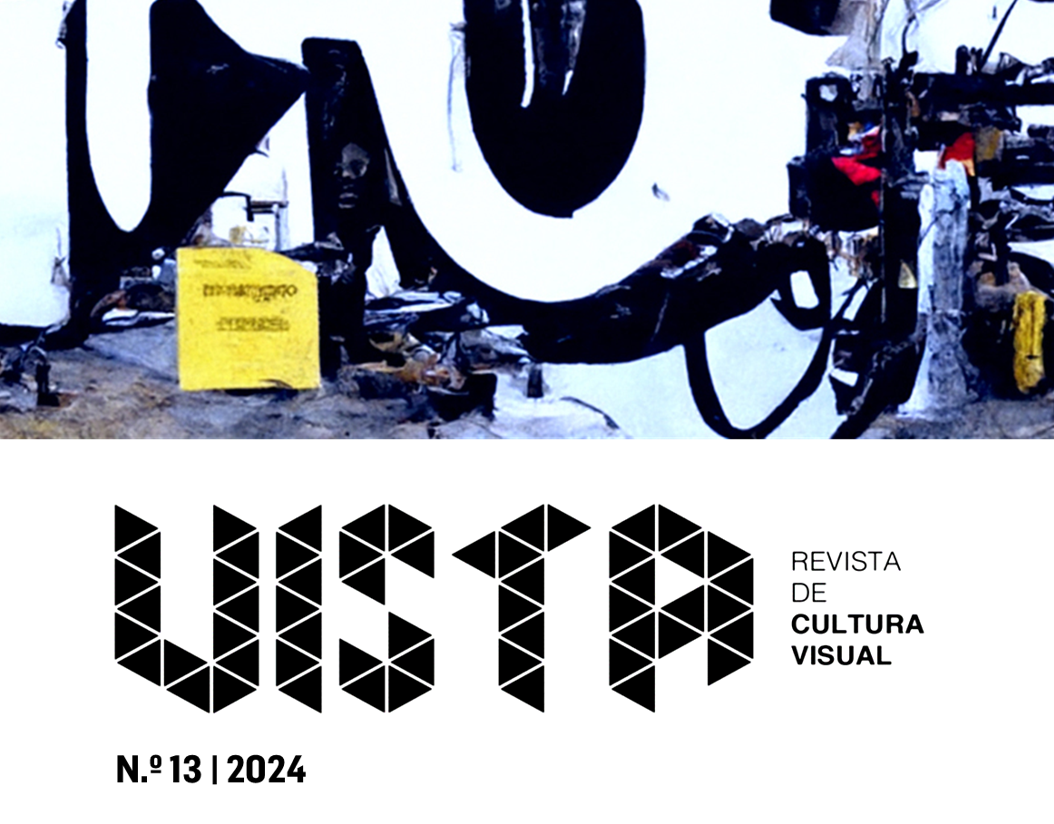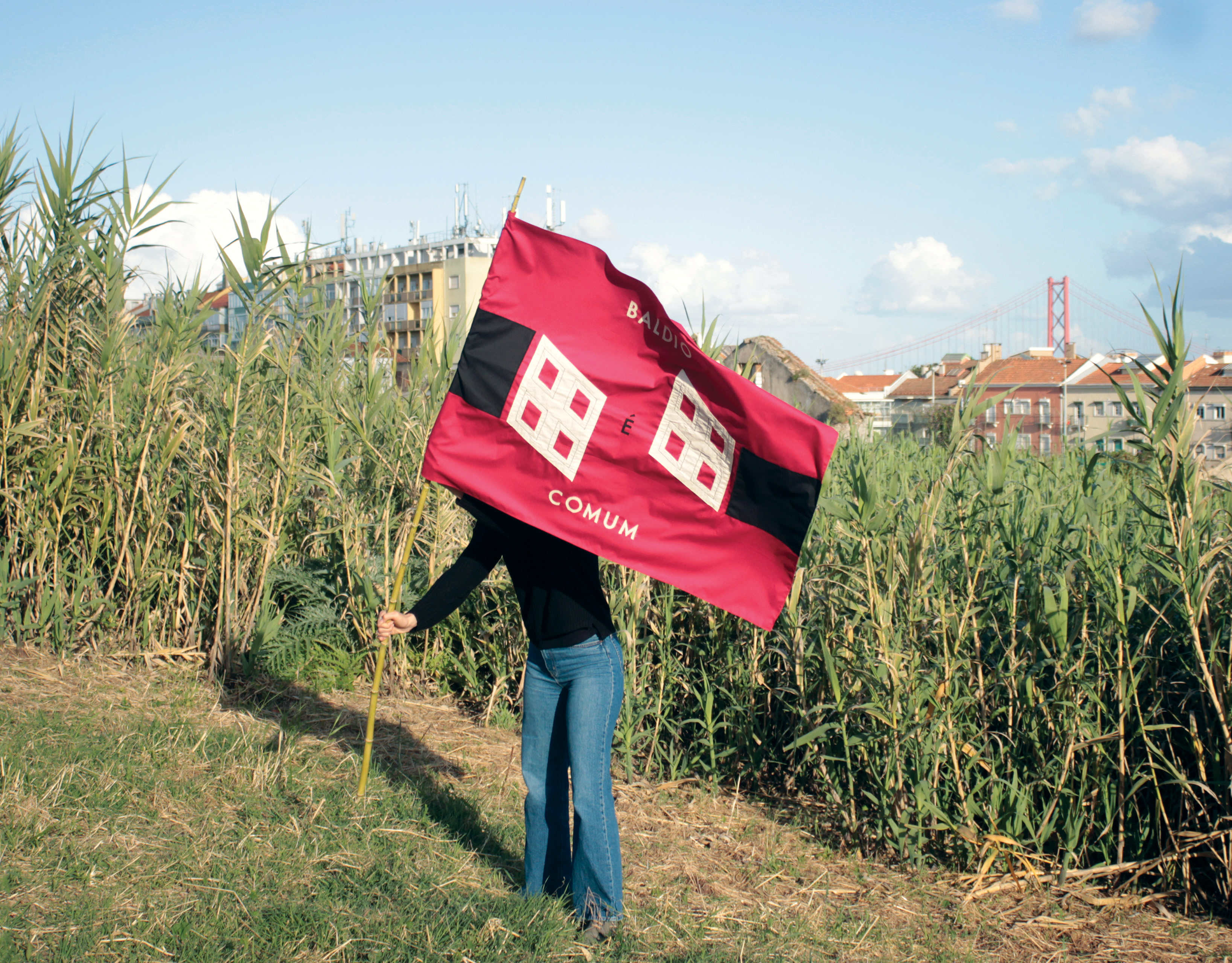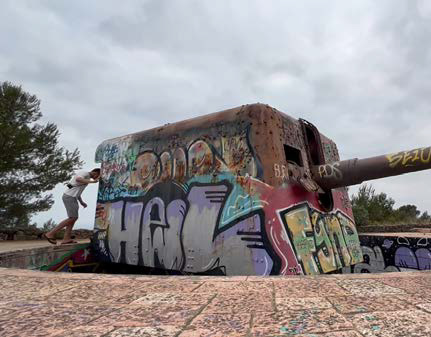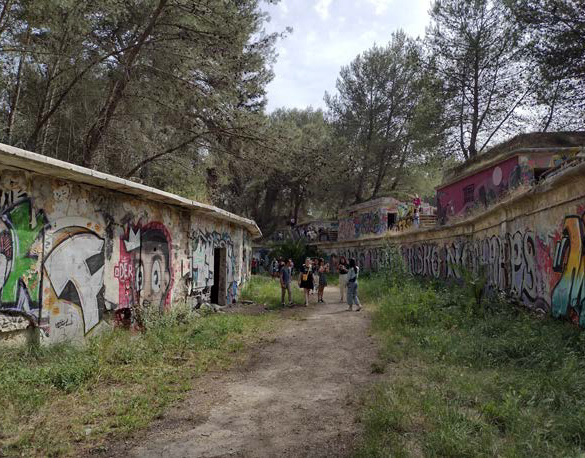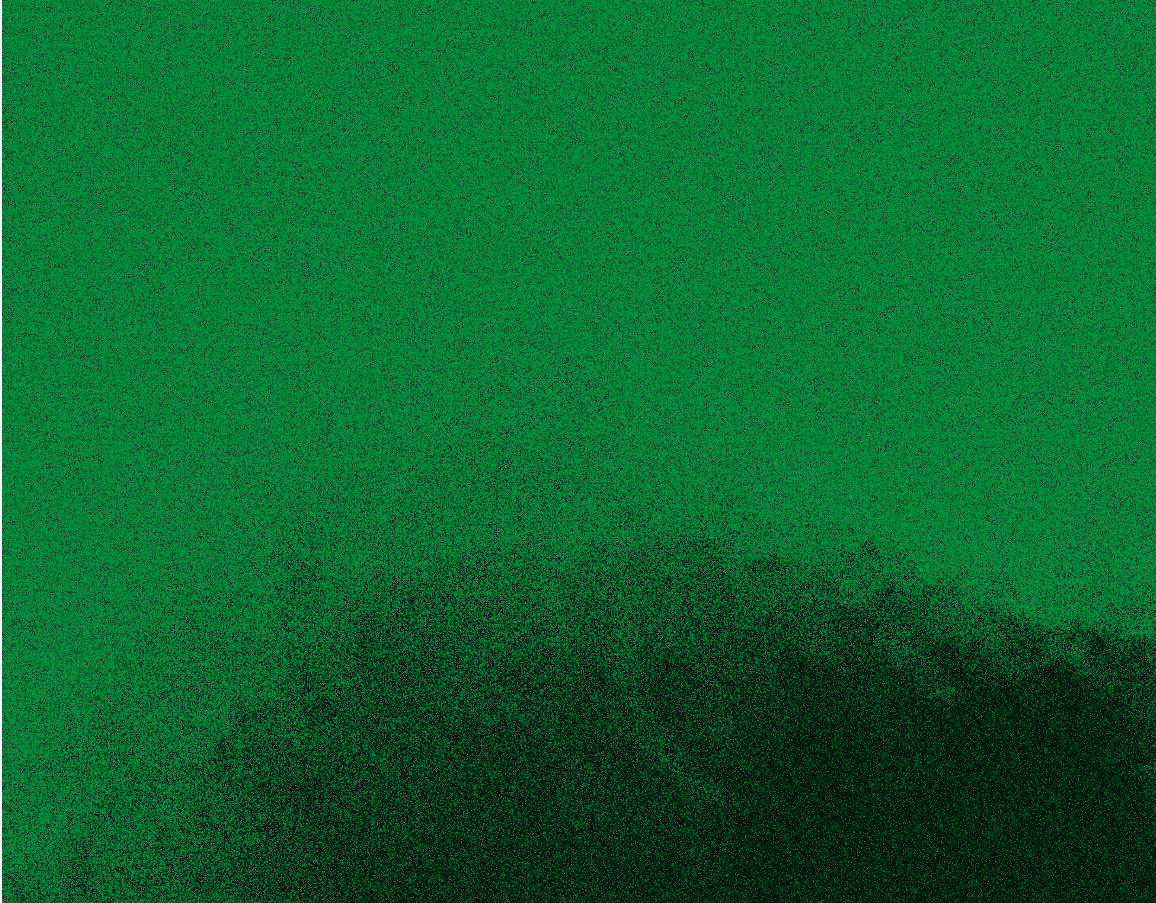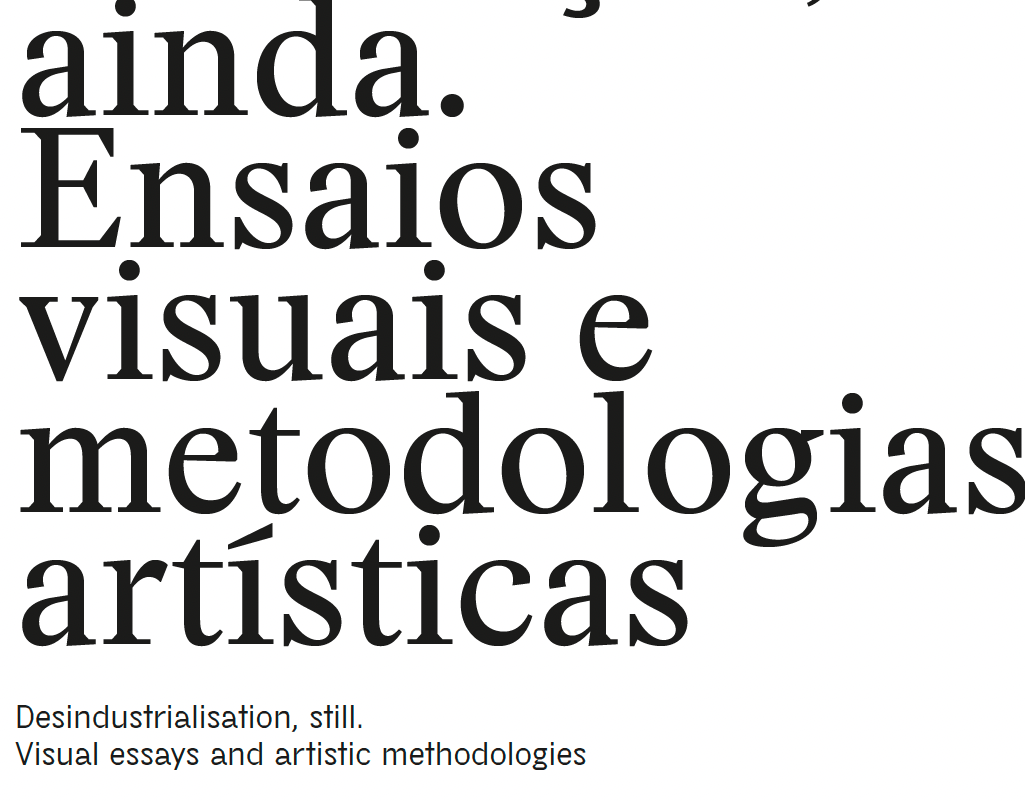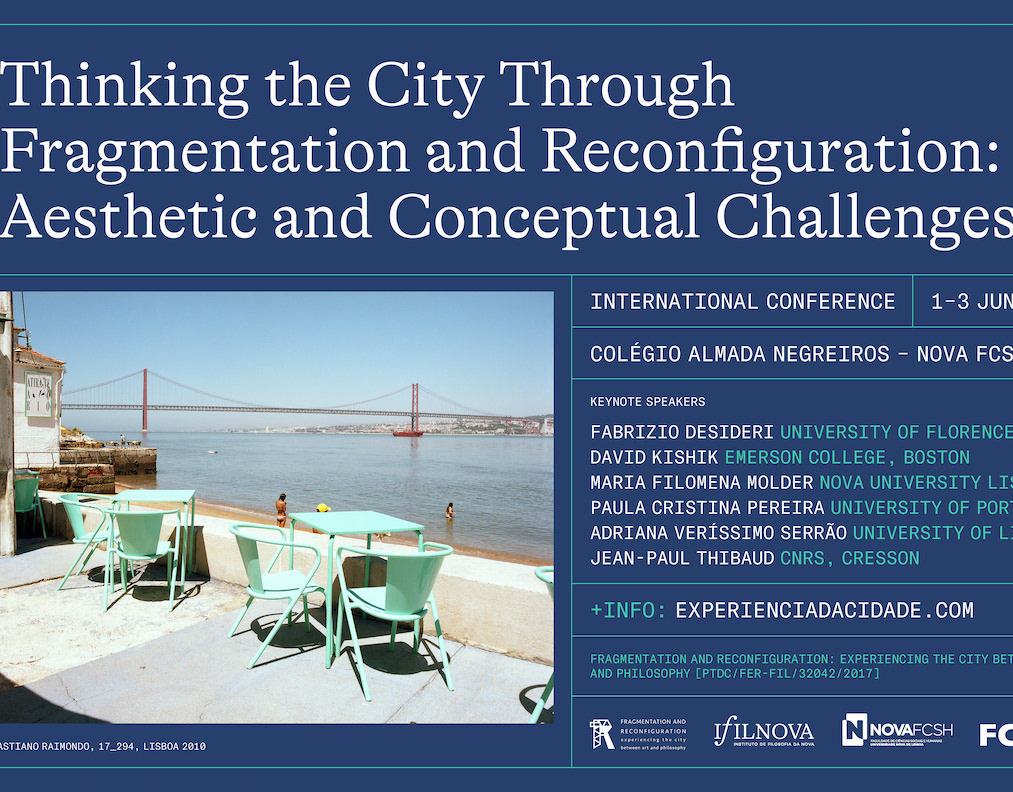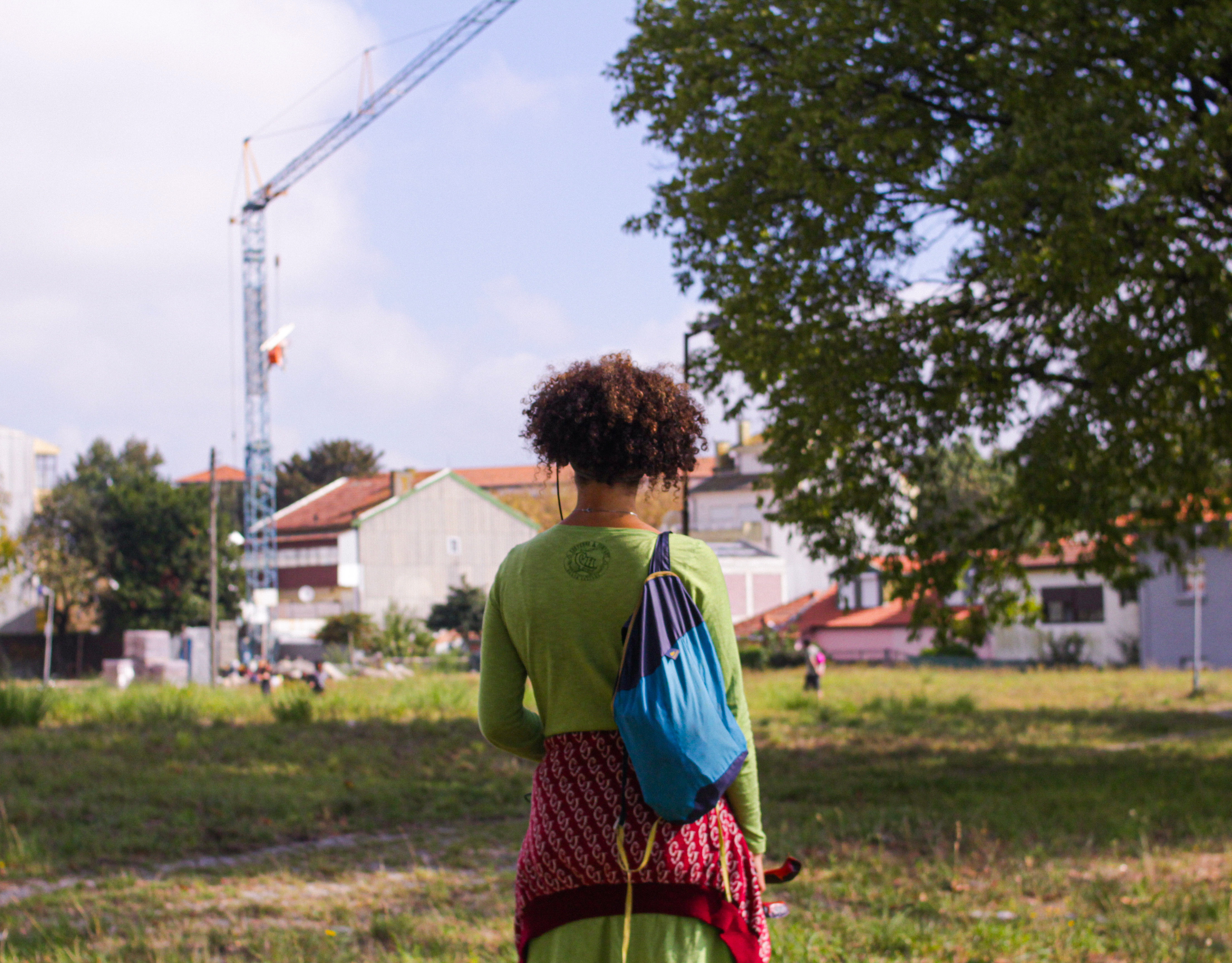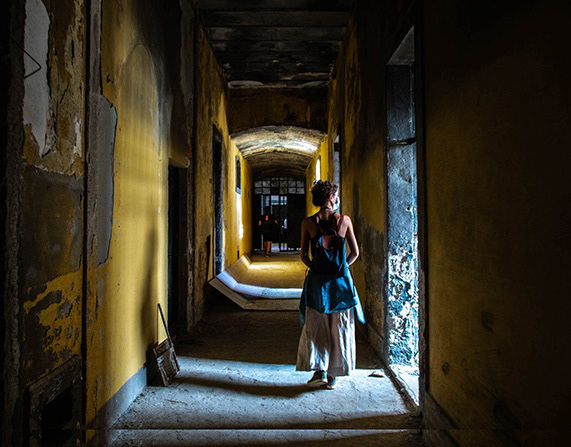Photography Among Other Debris
presentation at conference (december 2023)
Communication presented at the International Conference on Photography Studies - Photography and Site: Routes, Cartographies, and Drifts, held at the Colégio dos Jesuítas, University of Madeira, Funchal. The conference abstract book can be read at this link
Abstract: When a building is demolished, its planned and unitary structure is violently disintegrated into countless fragments. Heterogeneous and disordered, these fragments blur the lines between what was private—the interior of a house, marked by the everyday traces of its residents—and what is public—the land it stood on, surrounded by the habitual paths of anonymous individuals. In 2019, while walking through the area where the demolition of the last two towers of the Aleixo neighborhood in Porto was taking place, I came across a family photograph amidst the mountain of rubble. Aleixo was a public housing complex built in the early 1970s, in an industrial part of the city, to house families displaced from Ribeira due to an urban renewal operation conceived by a famous architect. The five thirteen-story towers represented an innovative architectural gesture in the then Porto landscape. Over time, they served as homes to a large and changing population, who adapted to this uncommon housing model of the time. Between 2011 and 2019, Aleixo was targeted by three demolition operations, politically justified by the structural and social degradation of the place. The first two were spectacular and televised implosions, while the last one, which I witnessed, was a slow civil deconstruction of the building, which took months. A woman dressed in white poses on the balcony of one of the top floors of the tower being gutted by the steel claw when I found the photograph. In the background, the phallic skeleton of tower 4, which was imploded live on television, hovers. The black-and-white photograph, quite weathered by time and the conditions it was exposed to, suggested a conceptual affinity with the surrounding rubble. In my presentation, I focus on the found photograph, aiming to uncover the processes and tensions stored in this fragment. I draw on the ontological relations between photography and death, and the parallels between photography and ruin, to analyze the spectral image of this erased site. I seek to explore what the encounter with this image may reveal about the memory of the neighborhood, its public image, and the long and violent process of displacing its residents. Finally, I arrive at the notion of the "rubble-image" as a key to interpreting this nearly vanished trace, which stubbornly asserts the persistence of a dissident and complex place, supposedly erased from public space and suppressed from urban memory by dominant sensibilities. [Flora Paim]
